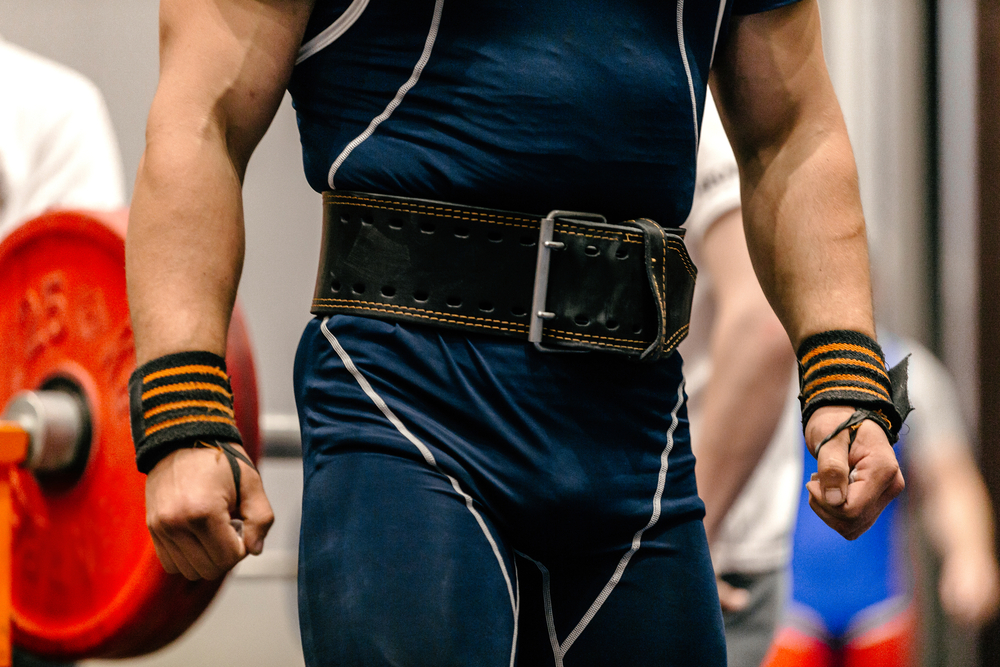
The Best Training Tips For Fat Loss
When looking to lower your body fat percentage there are various exercise protocols that can be used and although research and experts disagree on which is the most effective, it’s accepted that different regimes may work better for different people and finding the one best suited for your biology is key to maximising your fat loss. That’s why here we’ve listed the different training regimes and the science and studies behind them, so you can pick the best one for you.
High Intensity Interval Training For Fat Loss
High Intensity Interval Training (or H.I.I.T for short) is basically where you perform periods of low/ moderate intensity followed by periods of high intensity and it can be performed on any machine or in any form of exercise you want from swimming, to cycling to using a treadmill. So for example if you wanted to perform your H.I.I.T on a treadmill, you’d set the treadmill at a steady speed (just more than a walking speed) working about 65% of your maximum heart rate (this is a pace that you are breathing heavy but can still hold a conversation) for about 60 seconds. Then you’d increase the speed of the treadmill so you were working at about 85%-90% of your maximum heart rate for 30 seconds whilst at the end bringing the speed back down to 65% for a steady jog. You’d then repeat this for 10-15 minutes with a warm down and stretch at the end.
Regarding how effective H.I.I.T is for lowering body fat, researchers from Laval University in Quebec Canada set out to analyse how body fat levels and muscle metabolism were affected by the two different forms of training. The study took a group of young adults and divided them into 2 groups; Group 1 was subjected to a 20-week endurance-training program and Group 2 was subjected to a 15-week high-intensity interval-training (HIIT) program. Interestingly it was found that although the group performing lower intensity cardio burnt more calories on average (120.4 mega joules) compared to the HIIT group (57.9 mega joules), muscle biopsies and body fat measurements revealed the HIIT program actually resulted in greater fat loss and an increased metabolism.
This lead researchers to conclude that high intensity training ‘favours negative energy and lipid balance to a greater extent than exercise of low to moderate intensity. Moreover, the metabolic adaptations taking place in the skeletal muscle in response to the HIIT program appear to favour the process of lipid oxidation (fat loss).’ Put more simply H.I.I.T burns more fat (according to this study) than slow, steady paced cardio.
Semi Fasted Cardio For Fat Loss
Research published in the Journal of American College Sports Medicine showed that athletes who fasted before training, although performed worse, actually burned a higher proportion of fat to carbohydrates than the people who ate before training. Professor Peter Hespel from the University of Leuven in Belgium believes ‘when you exercise (after fasting), your adrenaline is high and your insulin is low and it’s this ratio that is favourable for your muscles to oxidize (break down) more fatty acids.”
An idea further supported by exercise and health Professor Ron Maughan of Loughborough University who says “Science is finally catching up with what smart runners have always known. If you have a long, hard run without breakfast once a week, that hard run will train you to burn fat. And for the rest of the week, have plenty of carbohydrates so you can train hard.” Bodybuilders will quite often employ this form of training and go for a very light run first thing in the morning without eating breakfast since they’ve effectively been fasting for 7-8 hours whilst sleeping and so there body is in a better state to burn fat.
Exercise to Improve Insulin Sensitivity and Fat Loss
Research has shown that exercise as a whole (whether low intensity or high intensity) is able to improve insulin sensitivity. Insulin is considered a ‘storage hormone’ that’s needed in the body to process glucose. Whilst it’s known for its anabolic muscle building properties (especially post workout since it ‘shuttles’ nutrients to the muscles), too much of it has been shown to increase body fat.
Now ‘insulin sensitivity’ is a term that relates to how well or badly your body responds to the hormone insulin and therefore how well or badly it processes glucose and stores body fat. Put simply if you have good ‘insulin sensitivity’ your body will only require a small amount of insulin to process glucose (i.e. the carbohydrates you eat) which in turn means your body is less prone to storing body fat, however those with bad ‘insulin sensitivity’ will require more insulin to process glucose which in turns makes you more prone to storing body fat. But regardless of whether you have good or bad insulin sensitivity, the good news is that exercise has been shown to improve it.






No Comments yet!